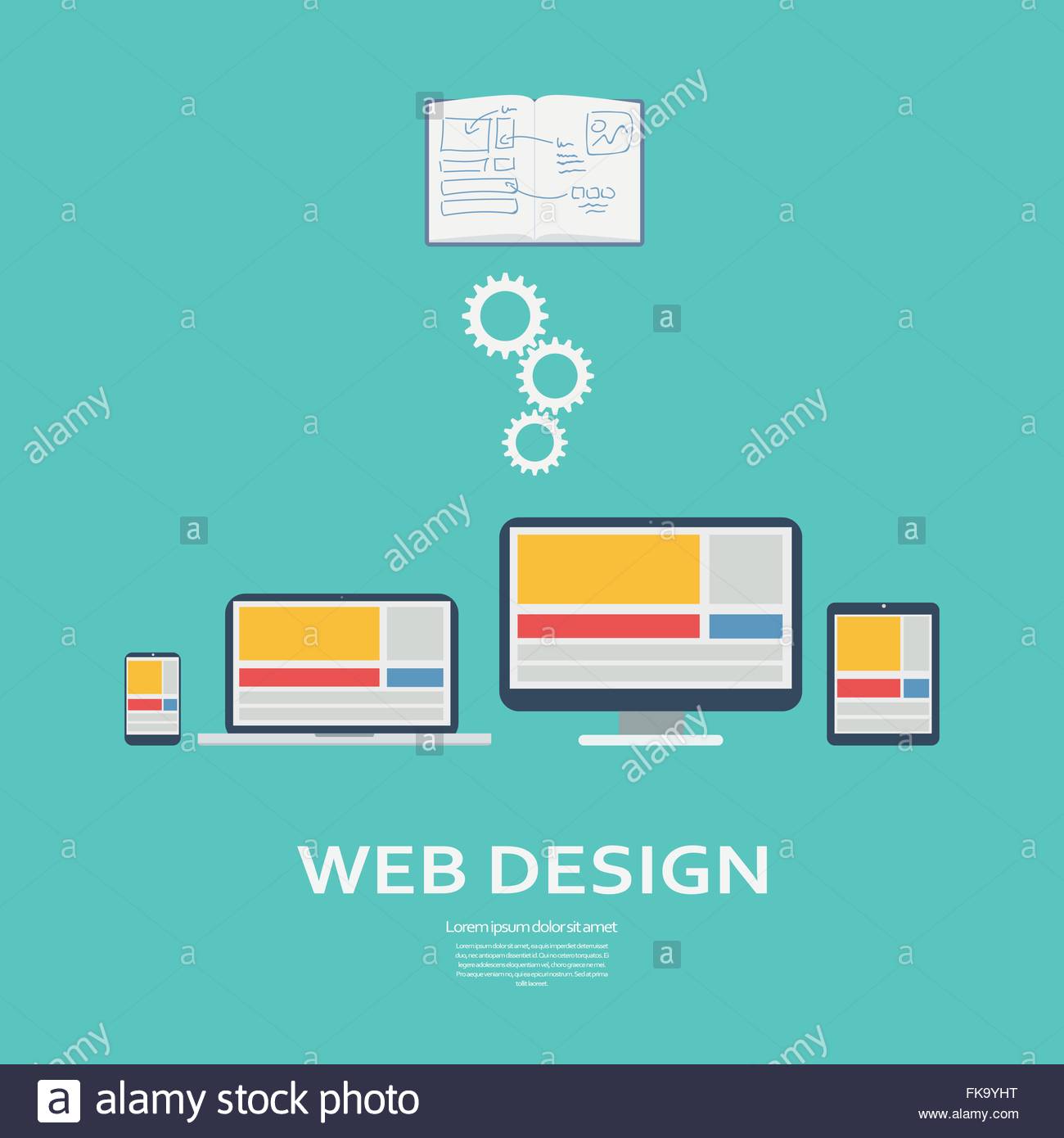In the past, sites were simple and focused on details. Navigating was direct, and style was for desktops. Now, customer experience is vital. Data guides designs for simple navigation. Receptive layouts fit various tools. Today, dark mode minimizes pressure, and minimal menus enhance navigation. Interactive attributes involve individuals, and bold visuals stick out. AI combination increases interaction. See exactly how layout has actually developed to boost your on the internet trip.
Very Early Days of Website Design
In the very early days of web design, simplicity preponderated. Web sites were basic, with limited colors, fonts, and designs. The emphasis got on supplying info as opposed to flashy visuals. Customers accessed the web with slow-moving dial-up links, so rate and performance were key.
Navigation food selections were straightforward, generally situated on top or side of the page. Websites were developed for desktop computers, as mobile browsing had not been yet widespread. Material was king, and developers prioritized easy readability over intricate layout components.
HTML was the main coding language utilized, and designers had to function within its constraints. Animations and interactive functions were marginal contrasted to today's criteria. Websites were static, with little vibrant content or tailored user experiences.
Surge of User-Focused Layout
With the development of site layout, a shift in the direction of user-focused layout concepts has actually ended up being significantly popular. Today, developing websites that focus on individual experience is crucial for engaging visitors and accomplishing organization goals. click here -focused design entails understanding the requirements, choices, and actions of your target audience to customize the internet site's format, content, and includes accordingly.
Developers now perform complete research, such as individual studies and use screening, to collect understandings and feedback straight from users. This data-driven approach aids in producing instinctive navigating, clear calls-to-action, and aesthetically appealing user interfaces that resonate with site visitors. By putting the customer at the center of the design process, web sites can deliver a much more customized and pleasurable experience.
Responsive style has likewise become an essential element of user-focused design, ensuring that sites are optimized for different devices and display sizes. This versatility improves availability and functionality, satisfying the varied methods individuals engage with sites today. Essentially, the surge of user-focused layout represents a shift in the direction of creating electronic experiences that focus on the requirements and assumptions of completion user.
Modern Trends in Website Design
Discover the most recent trends forming website design today. One prominent trend is dark setting style, providing a smooth and contemporary appearance while minimizing eye pressure in low-light settings. One more essential trend is minimal navigation, streamlining menus and improving customer experience by focusing on essential elements. Integrating micro-interactions, such as animated switches or scrolling impacts, can develop an extra engaging and interactive web site. Receptive style remains essential, making sure smooth individual experiences throughout numerous devices. Additionally, using visit this site right here and unbalanced formats can include aesthetic interest and draw attention to particular material.
Integrating AI modern technology, like chatbots for consumer assistance or customized referrals, improves user engagement and streamlines procedures. Access has also become a significant pattern, with developers prioritizing inclusive layout methods to accommodate diverse user needs. Welcoming sustainability by optimizing web site efficiency for speed and effectiveness is an additional emerging fad in website design. Collaborating with customer responses and data analytics to repeat and enhance style continually is necessary for remaining relevant in the ever-evolving electronic landscape. By welcoming these modern patterns, you can create an aesthetically appealing, user-friendly web site that reverberates with your audience.
Final thought
As you review the development of site layout from the early days to now, you can see exactly how user-focused style has actually become the driving pressure behind modern-day patterns.
Embrace the trip of change and adaptation in web design, constantly maintaining the customer experience at the forefront.
Tippingpointdigital
Stay existing with the most up to date trends and modern technologies, and never ever quit progressing your approach to create visually magnificent and straightforward sites.
Advance, adapt, and create - the future of web design is in your hands.
